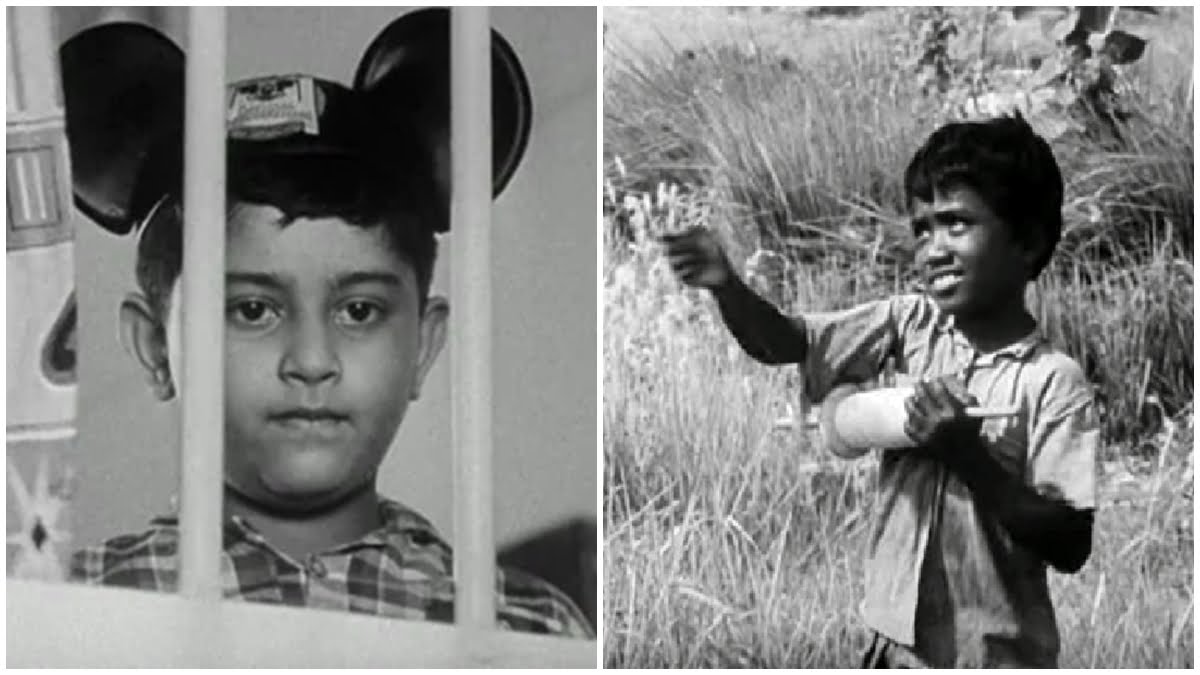I was introduced to the cinematic world of Satyajit Ray in my second year of pursuing undergraduate degree. I had already known the veteran director through his famous works such as Pather Panchali but it was during my Bachelor’s that I explored his films and documentaries more closely. Satyajit Ray was a director so influential and ahead of his times that he actually challenged the cultural and gender norms through his work like Charulata, Devi, Ghare Baire, etc in the post-independence era. However, what intrigued me the most was the director’s short film “Two”, also known as “Parable of Two,” which is now preserved by the Academy Film Archive that includes 19 feature films by Ray.
Whenever there is a situation of crisis in the country, there’s the inevitable question about privilege that pops up, and this is exactly why I keep coming back to this particular film of Ray. The film Two draws a comparison between two boys coming from different backgrounds. One, being from an affluent family, and the other, a street kid who lives in a small hut. At first, I thought that it was pretty much evident that the comparison is between the rich and the poor boy and my second thought was: what else could be the perspective of a 12-minute film? But somewhere down the lane, I wasn’t fully convinced with a one-sentence justification of the film that I gave to myself. So, I re-watched it several times.
Also read: Deconstructing Men And Masculinity Through The Lens Of Satyajit Ray
The film Two draws a comparison between two boys coming from different backgrounds. One, being from an affluent family, and the other, a street kid who lives in a small hut.
Two speaks volumes through these two kids who are left alone at their respective homes and later get engaged in a competition with each other. But is the competition of the rich oppressing the poor limited to the film? Further, the meaning of the struggle to be better after each round of the competition was different for both- the boys and the audience. While for the rich boy in Two, it was a game of ego, for the poor boy it was a game of survival. In a face-off of different toys that each of them had at their places, there was a dominance in the rich boy’s attitude that suppressed the idea of ‘fun’ for the poor boy, who later realised that the competition is nothing close to being healthy.

Each shot of Two is packed with meaning, waiting to be unpacked by the audience. For instance, the shot of the flying kite resembled the freedom struggle of the oppressed classes portrayed by the boy who lived on the street.
Also read: The ‘Female Gaze’ In Satyajit Ray’s Charulata (1964)
Each shot of Two is packed with meaning, waiting to be unpacked by the audience. For instance, the shot of the flying kite resembled the freedom struggle of the oppressed classes portrayed by the boy who lived on the street. His smile didn’t fade even a bit even when he got to know that the rich boy is making various attempts to bring his kite down. There was resistance, an acknowledgment of the power, and the will to not give up in that one shot in Two. Eventually, the rich kid was successful in his attempt. What brings hope to the situation is when the poor boy re-begins his competition with his first instrument, that is, the flute. By this time, his competitor is taken aback and gives up on his idea of stepping back into the field. As an audience, you find yourself furious at the rich kid’s repeated attempts to oppress the poor kid, while marvelling at how the latter never gives up, despite facing someone who has had the privilege to be endowed with all possible resources. With privilege, upper-caste communities also get access to power, impunity and sources and questions like how much of it you need and how much are you willing to share to create a balanced environment fade into the background.

Give it a thought: If the rich kid had joined the poor boy in making music, it wouldn’t have had led to an ugly competition between them. But again, this is something that I think Satyajit Ray wanted us to think about in Two. He portrayed society as it is and wanted us to imagine a possibility that can be very much created by us, the humans, a possibility better than the reality that we live in.
On Satyajit Ray’s 100th birth anniversary (2 May 1921 – 23 April 1992), I want to remember the director for his immense contributions to cinema and personally for making me think beyond the frames of a film.
Himanshi Saini is pursuing Masters in Mass Communication from AJK Mass Communication Research Centre, Jamia Millia Islamia. You can find her on Instagram, YouTube and email.




